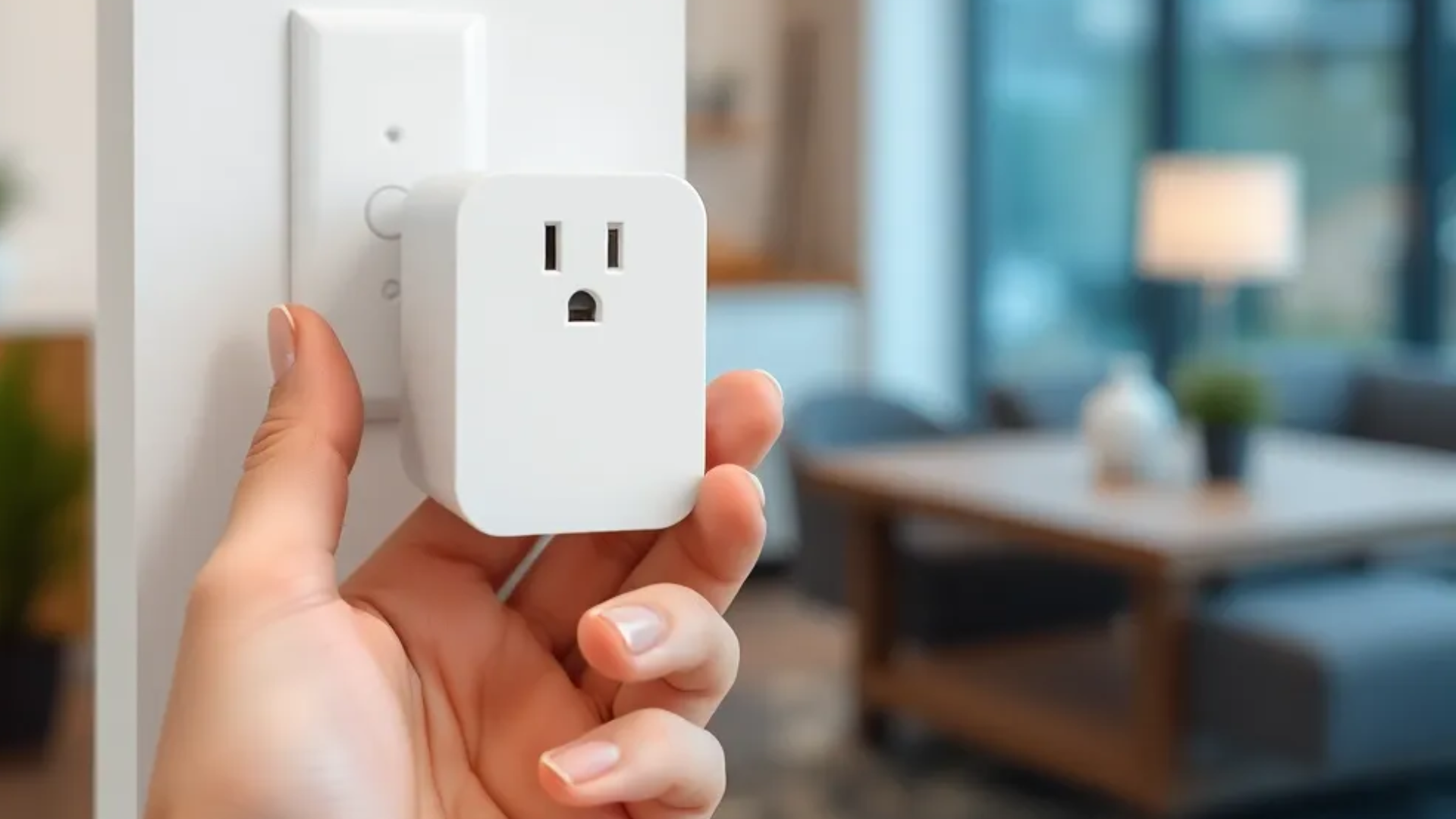Certainly! Smart device voice control has revolutionized how users interact with technology, providing convenience, efficiency, and accessibility. Here’s an in-depth look at the concept:
What is Voice Control in Smart Devices?
Voice control allows users to operate smart devices through spoken commands using natural language. It relies on voice recognition technology and often integrates with virtual assistants like Alexa, Google Assistant, or Siri. This feature eliminates the need for physical interaction or app-based control.
How Voice Control Works
Microphone and Audio Input:
Smart devices are equipped with built-in microphones to capture voice commands.
Example: A smart speaker listens for wake words like “Hey Google” or “Alexa.”
Voice Recognition Technology:
Devices process audio input and identify spoken words using Natural Language Processing (NLP).
Example: Understanding “Turn on the lights in the living room” as a specific command.
Integration with Virtual Assistants:
Many voice-controlled devices rely on virtual assistants to interpret commands, fetch information, or trigger actions.
Example: Siri setting a reminder based on a spoken request.
Connectivity:
Voice control often requires an internet connection to process commands and retrieve cloud-based information.
Applications of Voice Control
Smart Home Devices:
Lights: “Turn on/off the lights” or “Dim the lights to 50%.”
Thermostats: “Set the temperature to 72 degrees.”
Locks: “Lock the front door” or “Is the back door locked?”
Cameras: “Show me the front door camera feed.”
Entertainment Systems:
Speakers: “Play classical music” or “Stop the audio.”
TVs: “Change to channel 5” or “Search for action movies.”
Health and Fitness Devices:
Smart watches: “Track my steps” or “Start a workout session.”
Monitors: “Check my sleep data.”
Automobiles:
Navigation: “Find the fastest route to downtown.”
Features: “Turn on air conditioning” or “Play music from my playlist.”
Office Devices:
Printers: “Print the last document.”
Lights: “Turn on meeting room lights.”
Benefits of Voice Control
Convenience:
Allows for hands-free operation, making it ideal for multitasking.
Example: Adjusting a smart thermostat while cooking.
Accessibility:
Benefits individuals with disabilities or mobility challenges.
Example: Voice-controlled locks and appliances for easier use.
Efficiency:
Reduces time spent searching or manually adjusting settings.
Example: Saying “Set alarm for 7 AM” rather than navigating menus.
Personalization:
Virtual assistants can adapt to user preferences, offering tailored responses or actions.
Interoperability:
Enables unified control across a network of smart devices.
Example: Using voice commands to manage multiple connected devices in a smart home.
Challenges of Voice Control
Accuracy:
Commands might be misunderstood due to accents, speech patterns, or background noise.
Privacy Concerns:
Microphones always listening for wake words raise questions about data security.
Connectivity Dependency:
Most voice-controlled devices require a stable internet connection.
Limited Functionality:
Some actions might still require physical or app-based control.
Future of Voice Control
Voice control is continuously evolving with advancements in AI and NLP. Future developments may include:
Improved accuracy for diverse languages and accents.
Enhanced privacy measures for secure data processing.
Expanded functionality for offline voice command capabilities.
Voice control transforms everyday interactions with smart devices, making technology intuitive and accessible for all. Let me know if you’d like advice on using voice control with a specific device or system!
The only way to discover the limits of the possible is to go beyound them into the impossible.
Arthur C. Clarke

